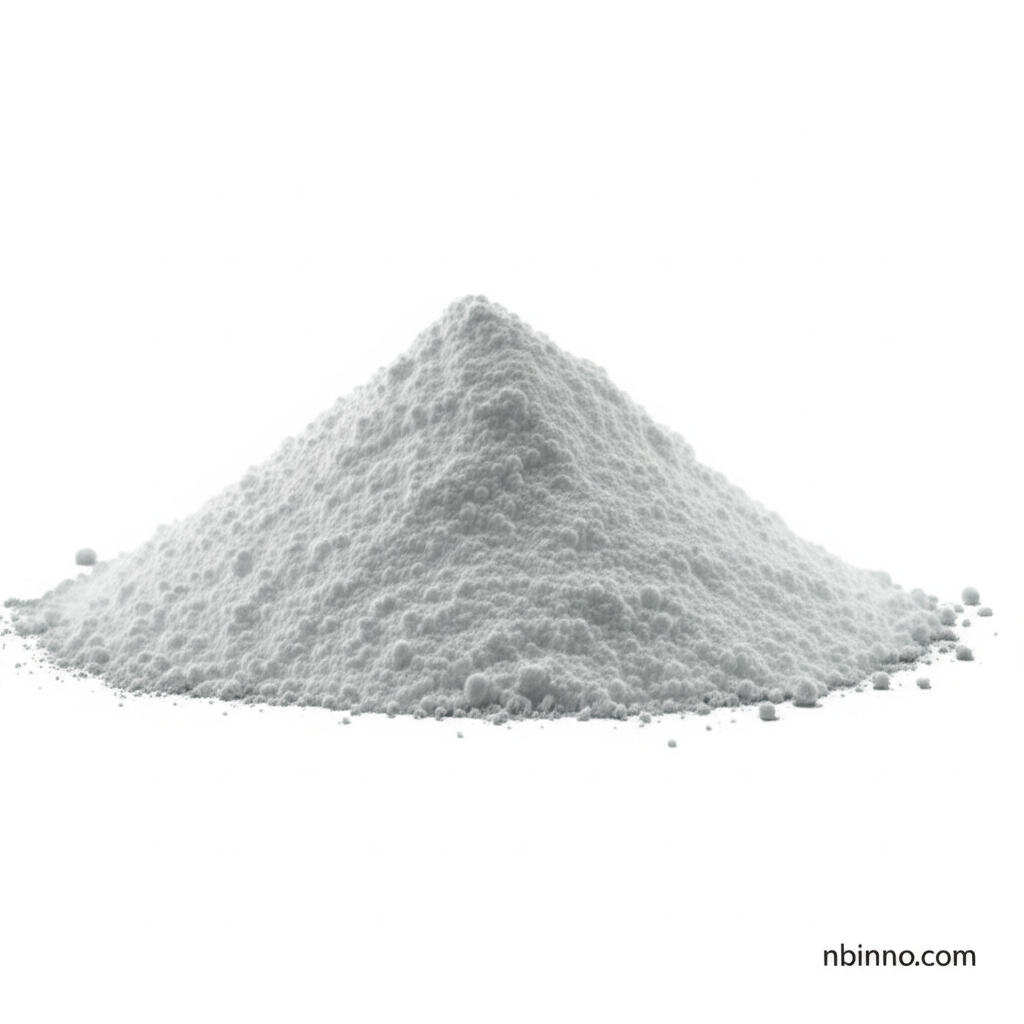4-Chloro-3-fluoroaniline: A Versatile Intermediate for Pharmaceutical and Chemical Synthesis
Unlock novel chemical pathways with this essential building block, driving innovation in medicine and materials.
Get a Quote & SampleProduct Core Value

4-Chloro-3-fluoroaniline
4-Chloro-3-fluoroaniline is a pivotal chemical compound widely utilized as an intermediate in various sophisticated synthesis processes. Its unique structure, featuring both chlorine and fluorine substituents on an aniline core, makes it invaluable for introducing specific functionalities into target molecules. This compound is particularly crucial in the pharmaceutical synthesis of phosphoindole inhibitors, which are vital for treating HIV non-nucleoside reverse transcriptase. It also plays a role in the creation of specific impurities for tyrosine kinase inhibitors, aiding in drug quality control and research.
- This versatile building block is essential for the synthesis of Methyl 5-Chloro-4-fluoro-1H-indole-2-carboxylate, a key intermediate towards phosphoindole inhibitors of HIV non-nucleoside reverse transcriptase.
- As a critical component in pharmaceutical development, it aids in the synthesis of 3-Deschloro-4-desfluoro-4-chloro-3-fluoro Gefitinib, an important impurity related to the tyrosine kinase inhibitor Gefitinib.
- The compound serves as a valuable fluorinated aniline building block for semiconductors and biochemical research, demonstrating its broad applicability.
- Researchers utilize this chemical intermediate in the synthesis of antimalarial agents, significantly improving drug potency and efficacy by reducing the effective concentration against parasites.
Advantages of Using This Product
Enhanced Molecular Design
Leverage the unique properties of 4-chloro-3-fluoroaniline synthesis to design complex molecules with precisely tailored biological activities.
Facilitates Drug Discovery
Its role as a key intermediate for phosphoindole inhibitors streamlines the drug discovery process for critical therapeutic areas.
Improves Chemical Reactivity
The specific arrangement of halogens on the aromatic ring enhances its reactivity, making it a preferred choice for various organic synthesis pathways.
Key Applications
Pharmaceutical Development
Crucial for synthesizing APIs, including HIV treatment advancements and compounds for medicinal chemistry.
Agrochemicals Formulation
Used in the production of herbicides and pesticides, contributing to enhanced crop protection and yield.
Dye and Pigment Production
Valuable in the creation of vibrant, long-lasting colors for textiles and other materials in the fashion and design sectors.
Material Science Research
Employed in developing new polymers and materials with advanced properties for electronics and coatings, highlighting its utility as an organic fluorinated building block.
